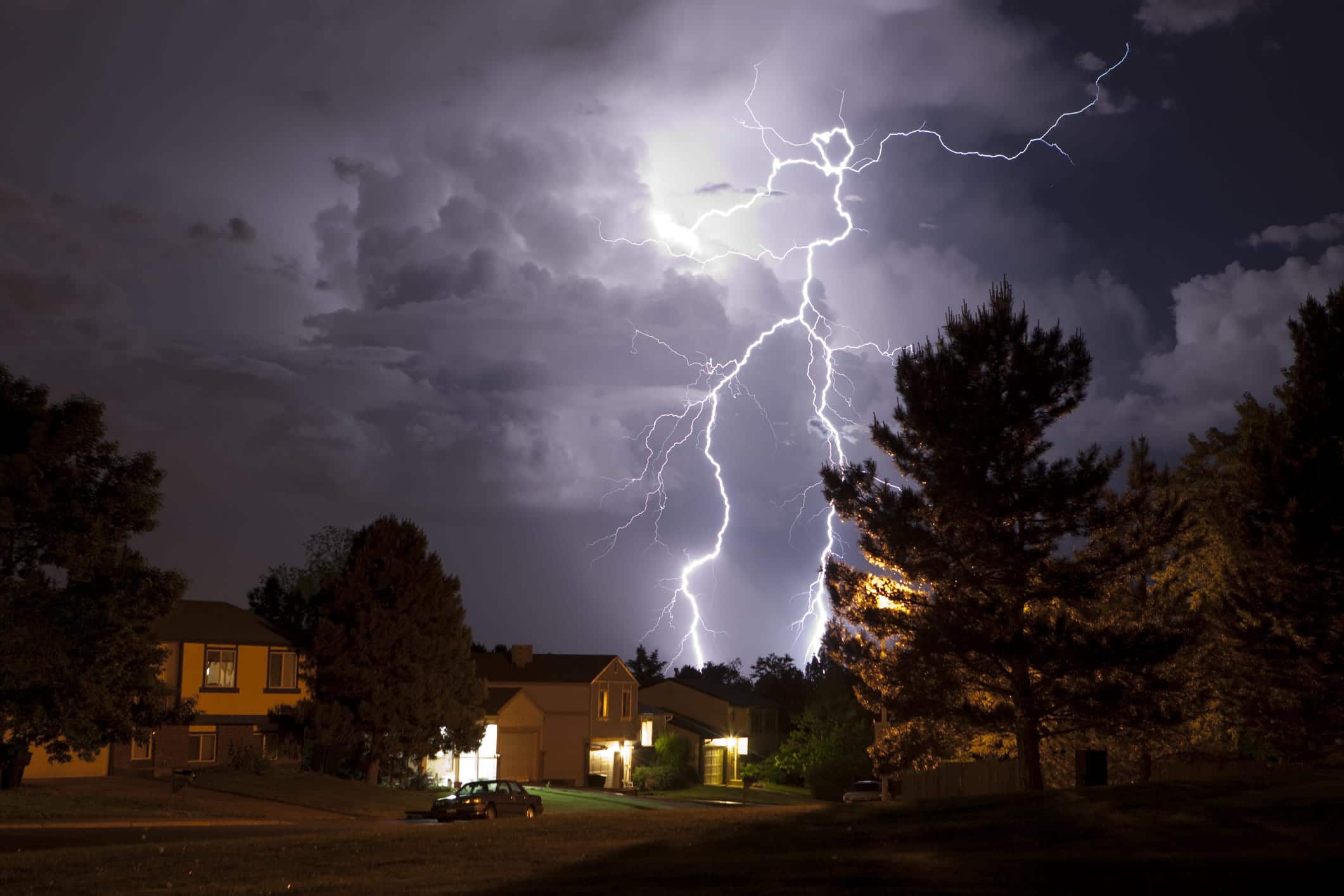
An HVAC system surge protector can prevent damage to one of your biggest home investments. Your air conditioner and furnace integrate critical electronics to provide efficient, effective cooling and heating. These components are sensitive to power fluctuations, particularly voltage surges. Damaged electronics can impose very steep repair/replacement costs. What’s worse, most HVAC system warranties do not provide coverage for damage caused by power surges, nor do most standard homeowner’s insurance policies.
An aging power grid combined with increasing demand for electricity to power a high-tech lifestyle has dramatically increased the incidence of both power outages as well as voltage surges. Typically, these irregularities originate from one of two sources:
- Exterior surges come from lightning strikes, incidents such as downed power lines as well as widespread system voltage fluctuations that often occur following a blackout or brownout.
- Interior sources of power surges are most common. Usually they occur when a major appliance like a refrigerator or washing machine first starts up and a brief overload occurs. Short circuits occurring inside the house may also trigger a voltage surge on an individual circuit.
HVAC Dedicated Surge Protection
Because your central air conditioner requires high voltage, it is typically hard-wired into its own separate circuit. Surge protection that safeguards other electronics in the house such as computers and home entertainment systems may therefore not protect your air conditioner. To prevent damage to the central air conditioner, a dedicated surge protector should be installed by a qualified HVAC technician at the A/C power disconnect switch. This protects critical electronics in the outdoor unit including the very expensive compressor. For optimum protection, a whole-house surge protector should also be installed at the main electrical panel to protect other ancillary HVAC components such as the system blower as well as furnace electronics.
Contact Jackson & Sons for more information about adding an HVAC system surge protector to your home to protect critical cooling and heating components.